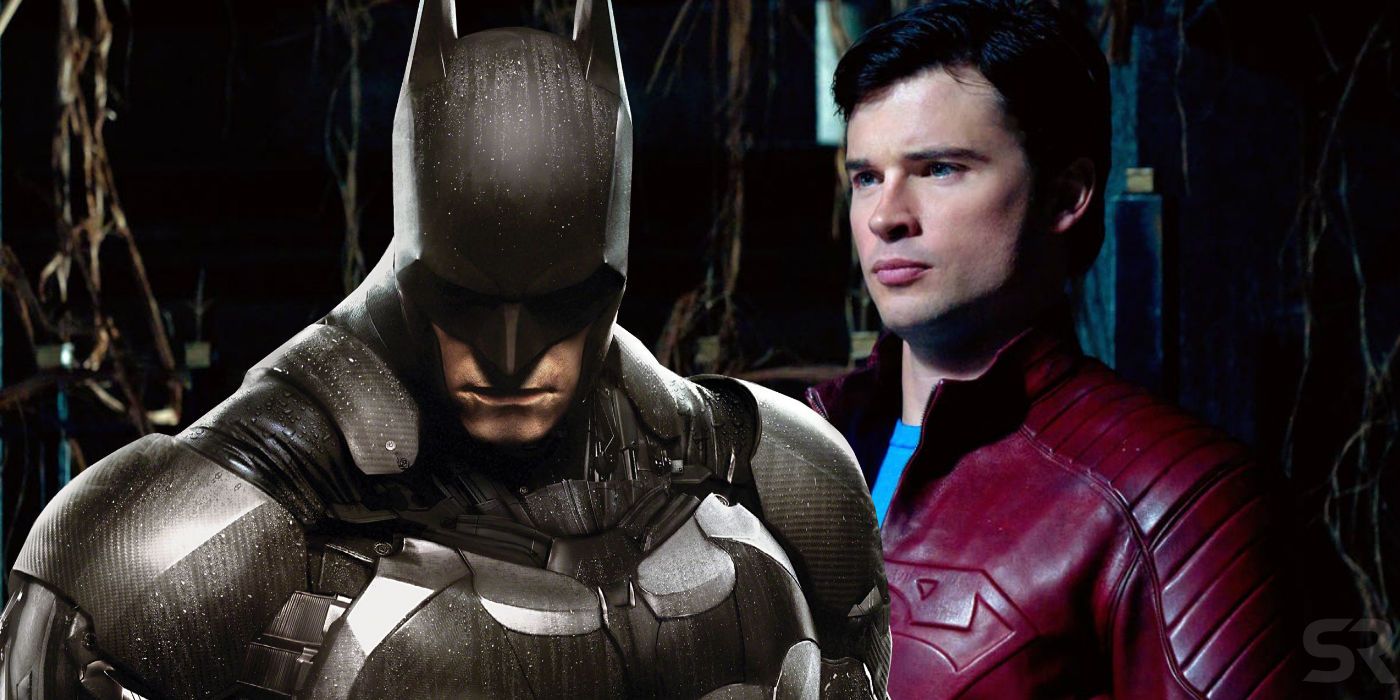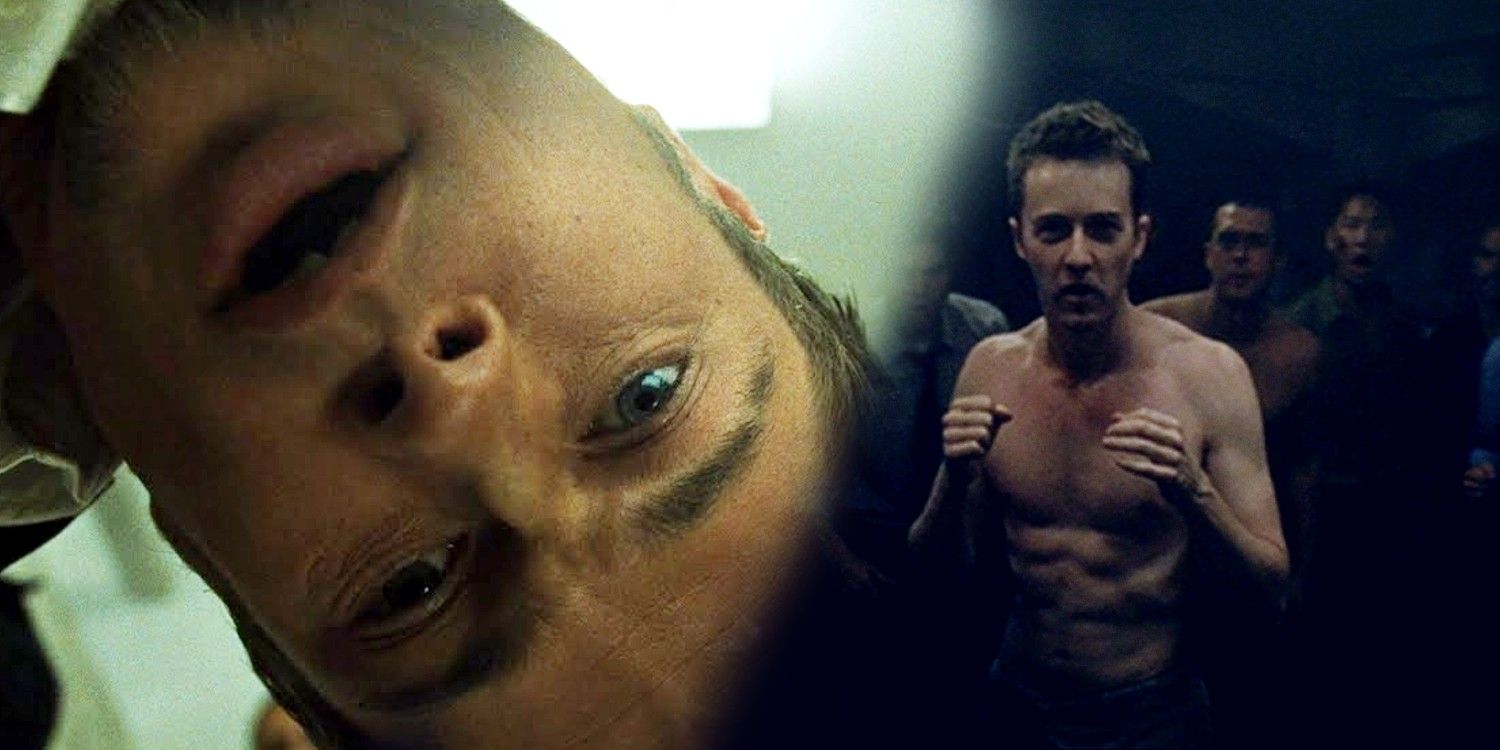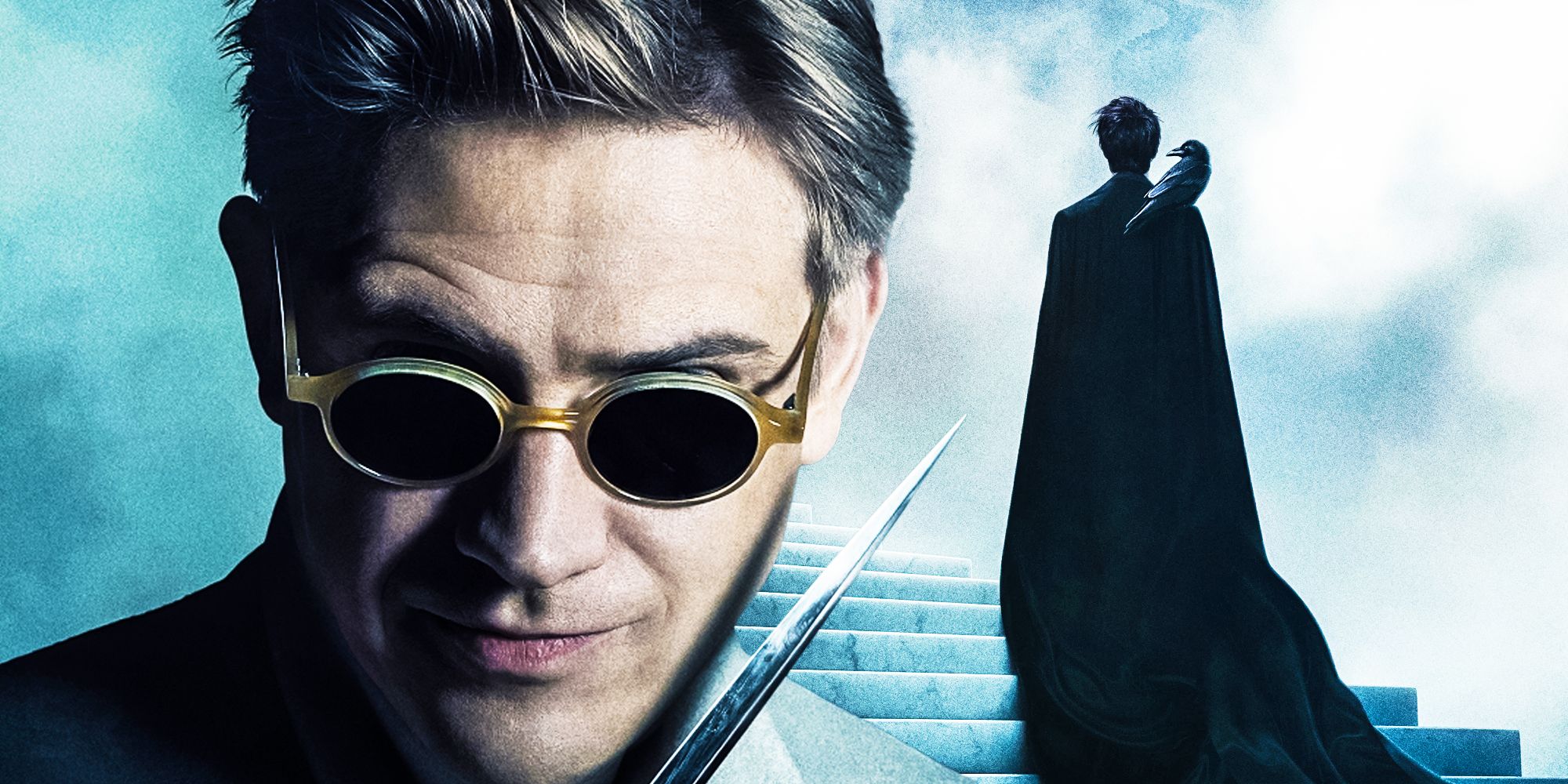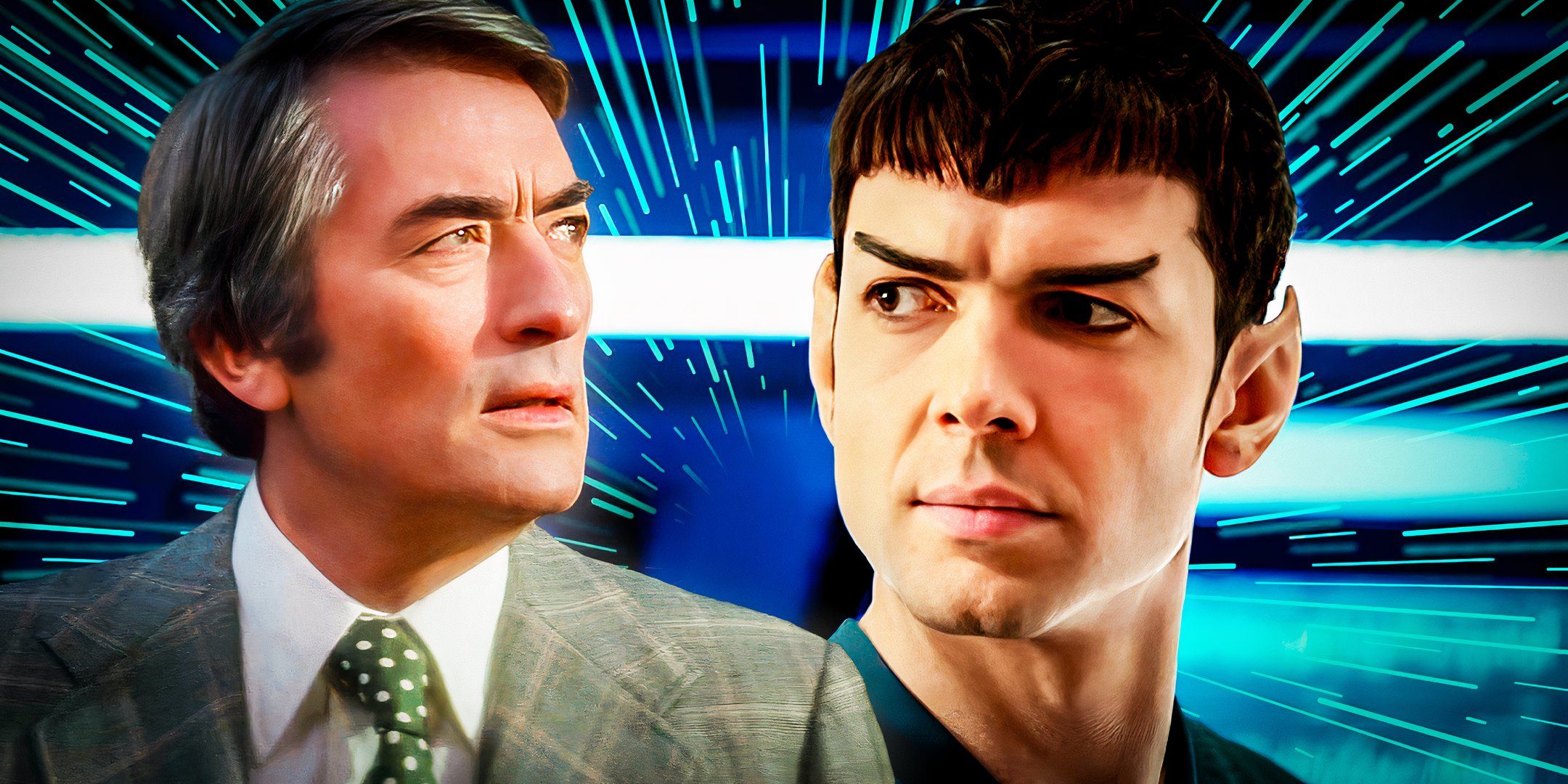Had it not been for a canceled Batman prequel show, Smallville, the longest-running DC TV show in history, may have never happened. Over ten years ago, the comic book genre on television didn’t look like it does today, with more than a dozen series running on various networks and streaming platforms. Throughout the early 2000s, superheroes and comic book adaptations were a rarity, with only a handful of films and shows every year. However, one that paved the way for comic book shows in recent years was Smallville, the story of Clark Kent before he became Superman, with Tom Welling portraying him for ten seasons. The show followed Clark in his teen and young adult years from learning about his Kryptonian heritage, falling in love with Lois Lane, and how he and Lex Luthor became enemies. But what many don’t know is how Smallville wasn’t the initial DC prequel that The WB (now known as The CW) was bringing to life.
In 1999, The Iron Giant writer Tim McCanlies was developing a Batman prequel show, titled Bruce Wayne, that would follow Gotham City’s famous playboy billionaire before becoming the Dark Knight. Bruce Wayne revolved around the titular character leading up to his 18th birthday, as he began his epic journey to become Batman. With a massive interest in Bruce Wayne, The WB was one of the networks eying it. But Bruce Wayne was scrapped due to Warner Bros. Pictures rejecting the idea of a TV series since they were in the process of rebooting the Batman property with Darren Aronofsky doing a Batman: Year One-based film. However, McCanlies’ concept for Bruce Wayne was something that Tollins/Robbins Productions liked so much that they approached Warner Bros. TV with, but instead as a Superman prequel show, which is how Smallville was born.
Bruce Wayne’s premise of following a DC legend during their teen years translated over to Smallville. The series would have, similarly to Smallville, included a heavy load of Batman characters in their younger days, before they became their destined comic counterparts. The series finale was allegedly going to have Bruce be at the point where he decides to become a bat to protect Gotham City. Whether or not fans would have seen Bruce in a Batman costume is a mystery that may never be answered. The “No Tights, No Flights” rule originated from the scrapped pilot, as Bruce wouldn’t suit up during the show’s run. While it’s silly that Bruce Wayne couldn’t go forward because of the film division, it’s a blessing in disguise as this is what made Smallville become a reality.

Had Smallville never happened, it’s unlikely that something like the Arrowverse would have become a thing. When The WB and UPN merged and became The CW, Smallville was one of their flagship shows until its end in 2011. A year after the show ended, The CW developed Arrow, which gave life to the larger Arrowverse franchise. The 2019 crossover Crisis on Infinite Earths even made Smallville officially canon in the Arrowverse Multiverse as Welling and Erica Durance reprised their roles, establishing their show being on Earth-167. In a way, Bruce Wayne did happen eventually, through Gotham, as some similar ideas drove the FOX drama, which was centered around James Gordon, a young Bruce, and the villains.
Bruce Wayne always sounded like a fascinating idea that would have easily worked as a TV series for multiple seasons. The idea to start the series when Bruce turns 18 and follow his journey would have been intriguing, especially with all the characters that would have been around him. Even if it got rejected, had Smallville been able to do Bruce Wayne as a spinoff show, it would have allowed The WB to have a DC TV universe a decade before the Arrowverse. Nevertheless, as unfortunate as the cancellation was, Smallville owes its existence to the scrapped Batman prequel series.





